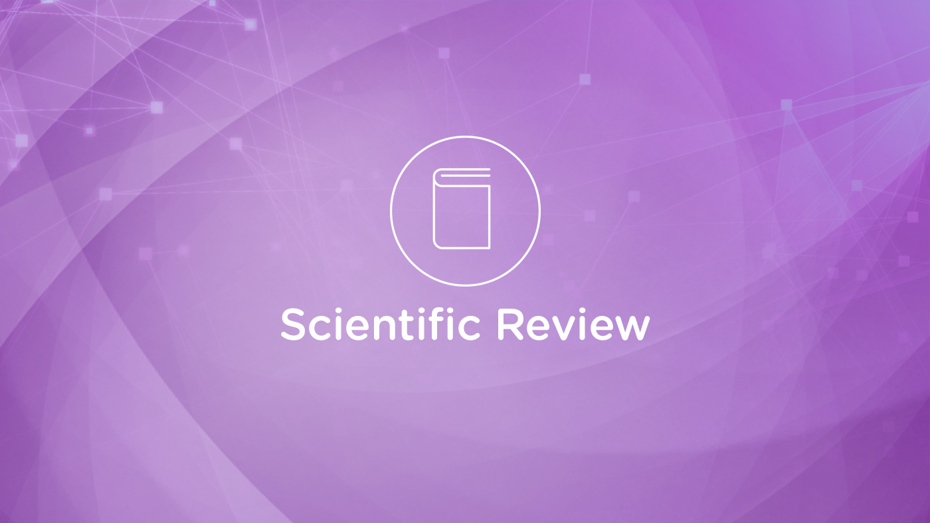
Defecation disorders are common in conditions affecting the nervous system, such as spinal cord injury, multiple sclerosis, spina bifida and severe Parkinson’s disease, and have great impact on self-esteem, personal relationships and social life.1,2 Severity of the disorder often correlates to quality of life2 which is why improving bowel function is rated among the highest priorities among affected patients.3,4 Transanal Irrigation (TAI) offers a good, non-invasive, treatment alternative for these patients.
Neurogenic Bowel Dysfunction (NBD) is the term used to describe dysfunction of the colon due to a disrupted peristalsis, precipitating rectal distension or colonic slowing. Related symptoms are for instance constipation, disordered defecation and fecal incontinence. Symptom magnitude is determined by the underlying pathology.
The most severe degree of NBD is seen in individuals with a complete lesion of the spinal cord.5 The majority of individuals with spinal cord injury experience significant symptoms related to NBD, e.g. fecal incontinence (42%)6 and constipation (39-77%).1,2
Symptoms could be evaluated using the NBD score questionnaire, a validated instrument considering constipation, fecal incontinence and impact on quality of life.7
Bowel dysfunction in the spinal cord injured population is often related to the level of injury. Injuries above the conus medullaris result in upper motor neuron bowel syndrome, or hyperreflexic bowel, characterized by constipation and fecal retention due to external anal sphincter activity.8 Injuries at the conus medullaris and cauda equina result in lower motor neuron bowel syndrome, or areflexic bowel, characterized by constipation and incontinence due to atonic external anal sphincter and lack of muscle control.8,9
Available treatment options for NBD are usually categorized in levels depending on the complexity and invasiveness of the intervention.10
Step 1
Includes diet and fluid recommendations such as increase of dietary fiber and fluid intake but also increase in level of physical activity and abdominal massage. The interventions are widely recognized and utilized although the scientific evidence base is scarce and conflicting.11,12
Step 2
Includes digital rectal stimulation,13,14 suppositories15 and/or biofeedback. The latter includes training to increase anorectal sensibility and requires repeated sessions for good results16 and preserved rectal sensation. Thus, it is best suited for patients with less severe symptoms.11
Step 3
Consist of TAI (also known as retrograde colonic irrigation, colonic washout, bowel irrigation and enema). The method has a long history17,18 and efficacy has been verified for several patient populations.10,17,19,20
Step 4
Sacral nerve stimulation with an electrode21-23
Step 5
Antegrade colonic irrigation where irrigation fluid is administered through a stoma. 24-27
Step 6
Implantation of a sacral anterior root stimulator28-31
Step 7
Permanent stoma, or colostomy.11,32
All treatments have documented effects on NBD. Among the least invasive alternatives TAI is a well-documented method with reported high efficacy.10,33 The treatment choice should be adopted to the needs of the individual patient and consider the severity of NBD.10